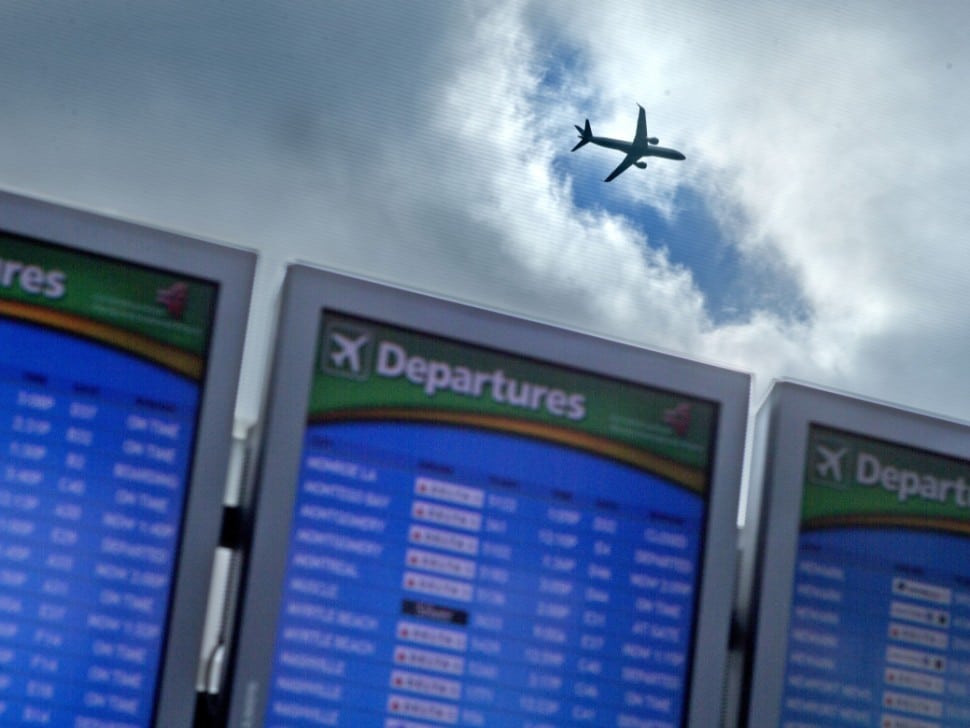Some 22 U.S. airports, among the world’s busiest for passenger traffic, are on OAG’s list for the top 50 largest global megahubs for the number of connections they offer.
Atlanta’s Hartsfield-Jackson International Airport takes the top spot with its connectivity index ratio, a number which measures the amount of connections the airport offers to the destinations it serves. OAG found that on a single day in August 2015 the airport had more than 570,000 possible connections available.
The megahub statuses of several U.S. airports also derive from some of the world’s largest airlines basing their hubs at these airports. American Airlines, the world’s largest carrier by fleet size, has its main hub at Dallas/Fort Worth International Airport which is the third largest and also the second fastest-growing megahub.
“It’s clear that the strength of U.S. domestic markets continues to position U.S. airports as the unquestioned leaders in this megahub category around the globe,” said John Grant, a senior analyst at OAG. “While foreign markets like China and the Middle East continue to demonstrate growth, the much smaller domestic markets in those regions are limiting the connectivity of their megahubs.”
“For example, at Atlanta you could find flights to London, Beijing and Tokyo or nearly 100 other U.S. cities. Other [foreign airports] don’t have the demand for lots of flights to nearby destinations within their country. Beijing might fly to Shanghai or a few other spots in China, but most of their connections will be to other countries. Basically, they just don’t have the option for all of the shorter flights that are available within the U.S.”
The connectivity index differs from a list of the largest and most well-known airports in the world in that airports serving more regional markets with high-frequency air services may score equally or better than large, high-profile airports known for their long-haul international air services, the index said. OAG created the index by calculating the total number of all possible connections between inbound and outbound flights within an eight-hour window during a single day at the largest airports (based on scheduled seats in 2014).
Chart 1: Some 13 of the top 20 megahubs are U.S. airports such as Atlanta’s Hartsfield-Jackson, Chicago O’Hare and Dallas/Fort Worth. Connections for both legacy and low-cost carriers are included in this index.
Chart 2: U.S. airports account for nearly half of the world’s top 50 aviation megahubs with the Asia-Pacific region claiming nearly one-third of these hubs.
Chart 3: Turkey is already a crossroads and is on the fast track to bolster that status–Istanbul Ataturk Airport is the fastest growing megahub seeing more than 300% growth in connections for its busiest day from 2010 to 2015. Istanbul’s Sabina Gokcen International Airport also makes the list of top 10 fastest growing connectivity hubs.
Chart 4: Six of the world’s low-cost carrier megahubs are U.S. airports such as Chicago’s Midway Airport and Denver International Airport. Two Indonesian airports are also low-cost megahubs, Jakarta’s Soekarno–Hatta International Airport and Juanda International Airport each have dozens of daily low-cost connections.
Chart 5: Jakarta, Indonesia’s Soekarno–Hatta International Airport is also the Asia-Pacific region’s largest megahub and only one airport from China and two from India make the top 10 list.
Chart 6: London’s Heathrow Airport is Europe’s largest megahub as the airport plans for a third runway.
Chart 7: Brazil is the clear epicenter of connectivity megahubs in Latin America with three airports offering hundreds of daily connections during 2015’s busiest day.
Chart 8: The UAE’s Dubai and Abu Dhabi International Airports and Doha, Qatar’s Hamad International Airport are the Middle East’s largest megahubs and also the hubs for the big three gulf carriers Emirates, Etihad and Qatar Airways.
Source: OAG
Subscribe to Skift Pro to get unlimited access to stories like these
{{monthly_count}} of {{monthly_limit}} Free Stories Read
Subscribe NowAlready a member? Sign in here
Subscribe to Skift Pro to get unlimited access to stories like these
Your story count resets on {{monthly_reset}}
Already a member? Sign in here
Subscribe to Skift Pro to get unlimited access to stories like these
Already a member? Sign in here
